Category: genetics
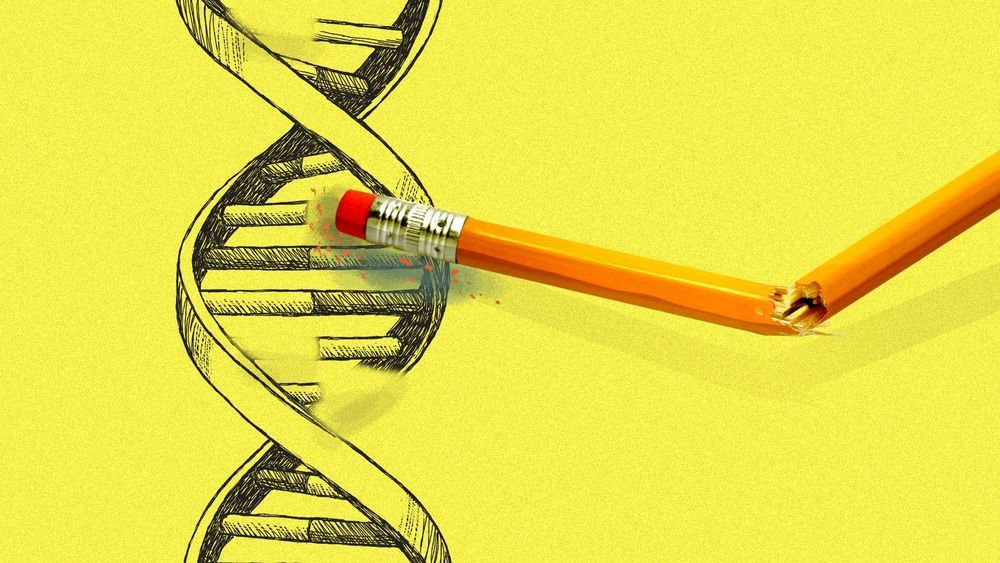
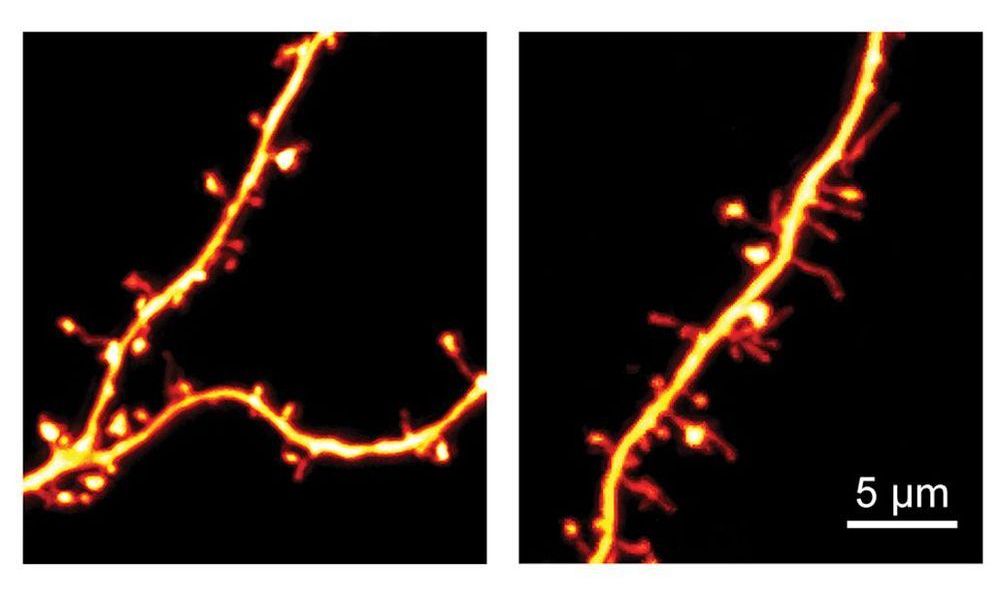
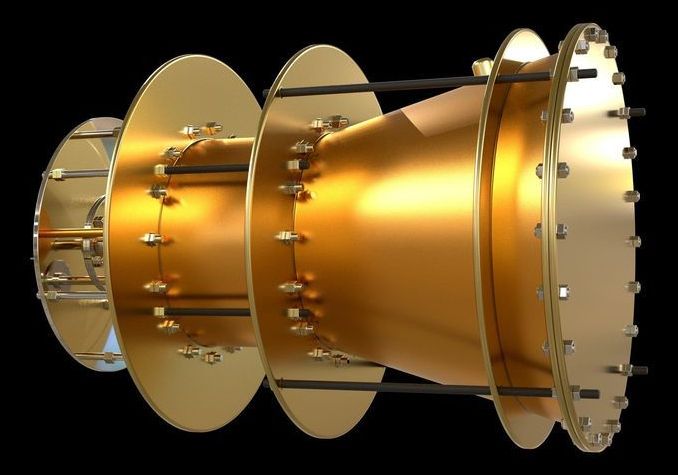
A Mythical Form of Space Propulsion Finally Gets a Real Test
This does work it essentially is a very powerful microwave oven but it uses the exotic transfer of energy to propel an object. Plasma-based fusion reactors could power it indefinitely as well essentially it just be able to float out of the atmosphere. When it comes to more euclidean geometry or even like curl-free quantum mechanics for essentially space warping I think you could make warp drive with less energy just essentially slip through the ocean of space that is how black holes do it but they do it with gravity wells. I think if a genetic material could do similar things that are how essentially extraterrestrials do it as well it is more just a simple understanding of physics essentially. If the fabled q continuum exists it be essentially the realm of aliens because essentially it allows for travel through the universe without a ship. In fictional stories nightcrawler, a teleporting being was rumored. I think teleportation does exist as it is a qutrit but it is hard understanding travel instantaneously although I think some agencies rumor about it. If we can essentially teleport a photon we can teleport a human being even without a ship it would just require exotic physics and advanced biology. Essentially a portal gun from the Higgs boson could essentially make a physical transfer from one part to another part but it is hard to keep such things stable also there is a problem possibly of radiation you would probably need a suit to travel through a portal. Essentially it could work it just essentially be a wormhole from one point to another point but making that on the skin is essentially too hard unless you understand the properties of wormhole travel better by spaceship it would be easier. Essentially if you knew the physical space-time point by scanning an area you could essentially make a wormhole to that point and travel there. But doing that with genetics is harder as you need exotic properties or a better understanding of essentially of slipping through one place and coming out another.
Scientists have debated for decades whether the propulsion concept known as EmDrive is real or wishful thinking. A sensitive new tool may at last provide an answer.
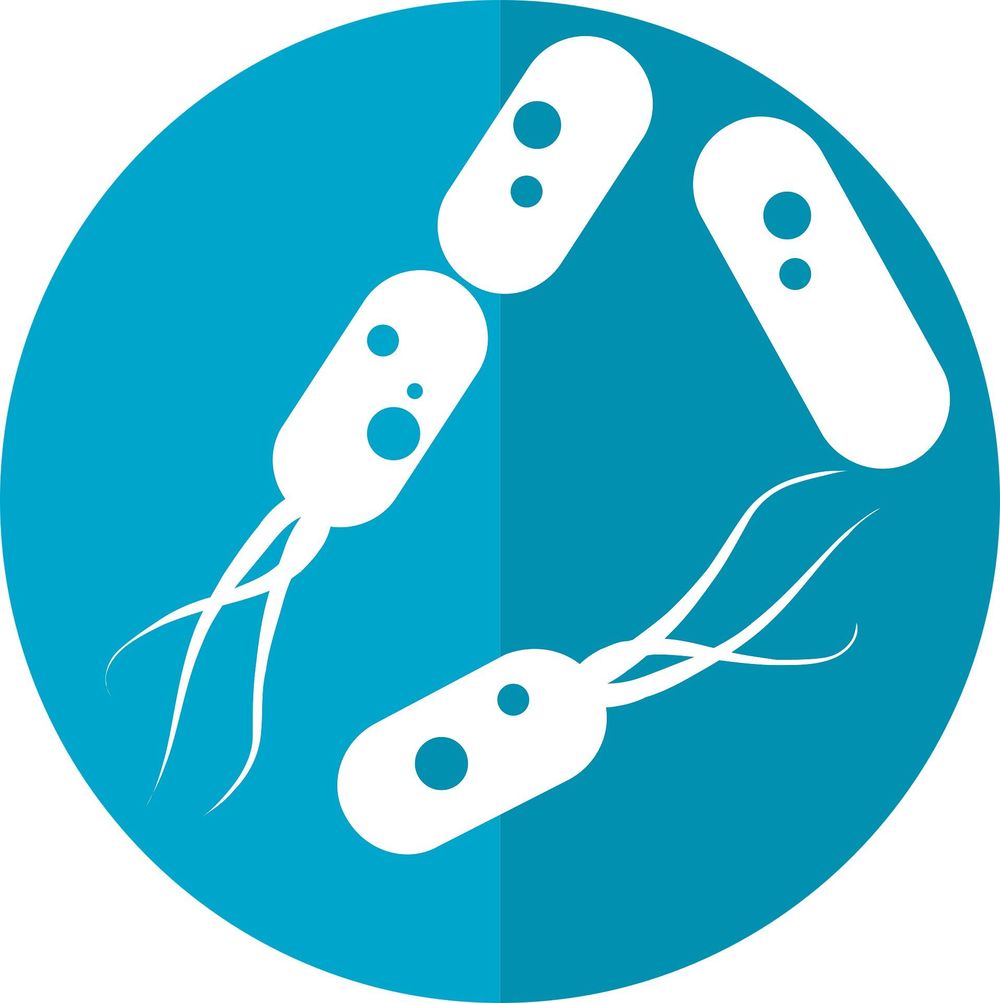
Genetic differences in the immune system shape the microbiome
Genetic differences in the immune system shape the collections of bacteria that colonize the digestive system, according to new research by scientists at the University of Chicago.
In carefully controlled experiments using germ-free mice populated with microbes from conventionally raised mice, the researchers showed that while the makeup of the microbial input largely determined the resulting microbiome of the recipients, genetic differences between strains of mice played a role as well.
“When the input is standardized, you can compare mice of different genetic strains and see what these genetics do to the microbiome in recipient mice,” said microbiome researcher Alexander Chervonsky, MD, Ph.D., a senior author of the new study, published in Cell Reports. “This approach allowed us to tell whether there was a genetic influence, and indeed there is. So, the next question was what mechanisms are involved?”
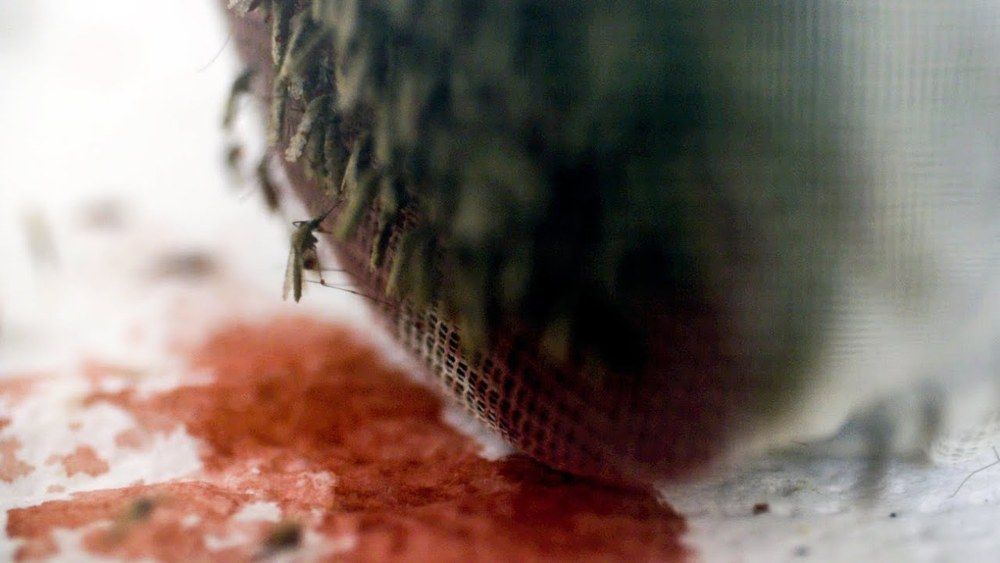
VIDEO: See A Controversial Swarm Of Genetically Modified Mosquitoes In A Lab In Italy
Video: Genetically Modified Mosquitoes Designed To Halt Malaria Transmission : Goats and Soda NPR was the only news organization allowed into the lab to witness the moment the releases began this year. The goal is to create a powerful new weapon in the fight against malaria.
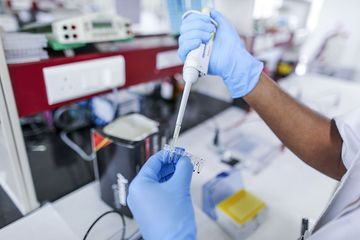
Crispr’s Next Frontier Is In-Human Treatment, Co-Inventor Says
As investors await results from the first U.S. clinical trials of the gene-editing system known as Crispr, scientists are focused on finding ways to administer it directly into humans, according to the technology’s co-inventor, Jennifer Doudna.
Right now, in studies using Crispr that have treated patients, researchers have had to extract their cells to be able to make edits to faulty DNA before infusing them back into the body for treatment. Being able to do precise edits directly inside humans, animals or plants could open the door to new applications, Doudna said.
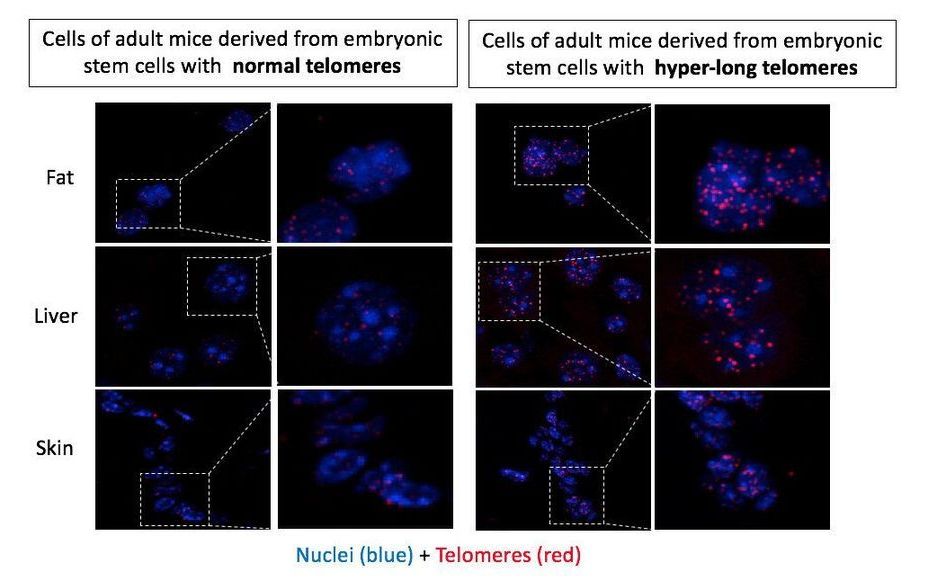
Researchers obtain the first mice born with hyper-long telomeres
A chance finding 10 years ago led to the creation by researchers of the Spanish National Cancer Research Centre (CNIO) of the first mice born with much longer telomeres than normal in their species. Telomeres shorten throughout life, so older organisms have shorter telomeres. Given this relationship between telomeres and aging, the scientists launched a study generating mice in which 100 percent of their cells had hyper-long telomeres. The findings are published in Nature Communications and show only positive consequences: The animals with hyper-long telomeres live longer and in better health, free from cancer and obesity. This marks the first time that longevity has been significantly increased without any genetic modification.
“This finding supports the idea that, when it comes to determining longevity, genes are not the only thing to consider,” says Maria Blasco, head of the CNIO Telomeres and Telomerase Group and intellectual author of the paper. “There is margin for extending life without altering the genes.”
Telomeres form the ends of chromosomes in the nucleus of each cell in the body. Their function is to protect the integrity of the genetic information in DNA. Whenever the cells divide the telomeres, they are slightly shortened, so one of the main characteristics of aging is the accumulation of shorter telomeres in cells. “Telomere shortening is considered to be one of the primary causes of aging, given that short telomeres cause aging of the organism and reduce longevity,” the authors write in a paper published in Nature Communications.
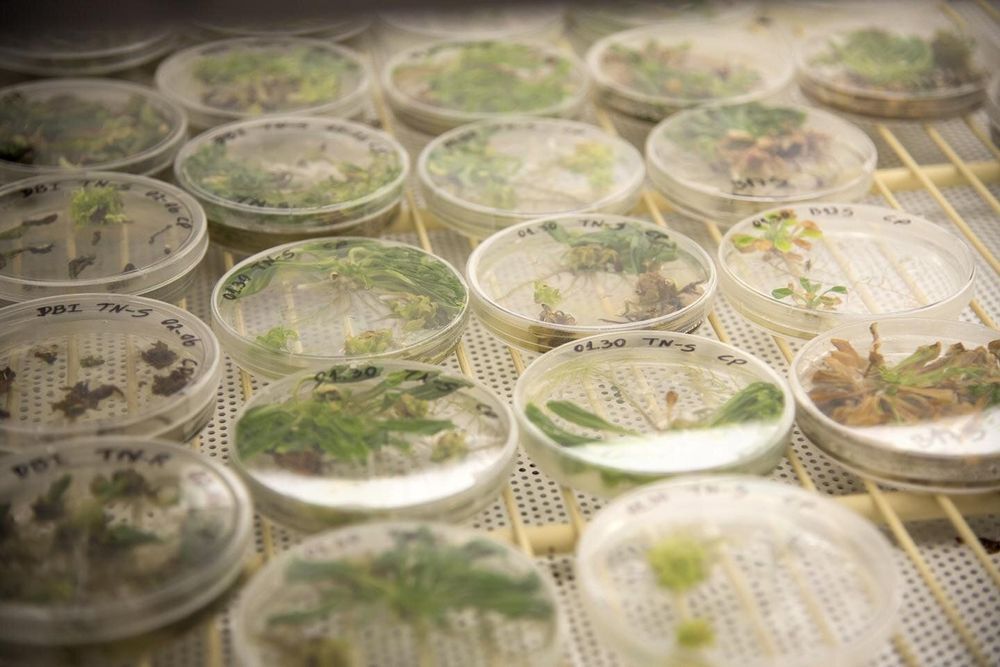
Tennessee researchers join call for responsible development of synthetic biology
Engineering biology is already transforming technology and science, and a consortium of researchers across many disciplines in the international Genome Project-write is calling for more discussion among scientists, policy makers and the general public to shepherd future development. In a policy forum article published in the October 18 issue of Science, the authors outline the technological advances needed to secure the transformative future of synthetic biology and express their concerns that the implementation of the relatively new discipline remains safe and responsible.
Two researchers with the University of Tennessee Institute of Agriculture are co-authors on the piece titled “Technological challenges and milestones for writing genomes: synthetic genomics requires improved technologies.” Neal Stewart and Scott Lenaghan with the UTIA departments of Plant Sciences and Food Science, respectively, join Nili Ostrov, a Ph.D. research fellow in genetics at Harvard Medical School, and 18 other leading scientists from a number of institutions and disciplines, in outlining a potential timeline for the development of what they call transformative advances to science and society.
Stewart and Lenaghan are the co-directors of the UT Center for Agricultural Synthetic Biology (CASB). Formed in 2018, Stewart says CASB is the first synthetic biology center in the world aimed specifically at improved agriculture. A professor of plant sciences in the UT Herbert College of Agriculture, Stewart also holds the endowed Racheff Chair of Excellence in Plant Molecular Genetics. Lenaghan is an assistant professor in the Department of Food Science who also holds an adjunct position in the UT Mechanical, Aerospace, and Biomedical Engineering (MABE) Department.